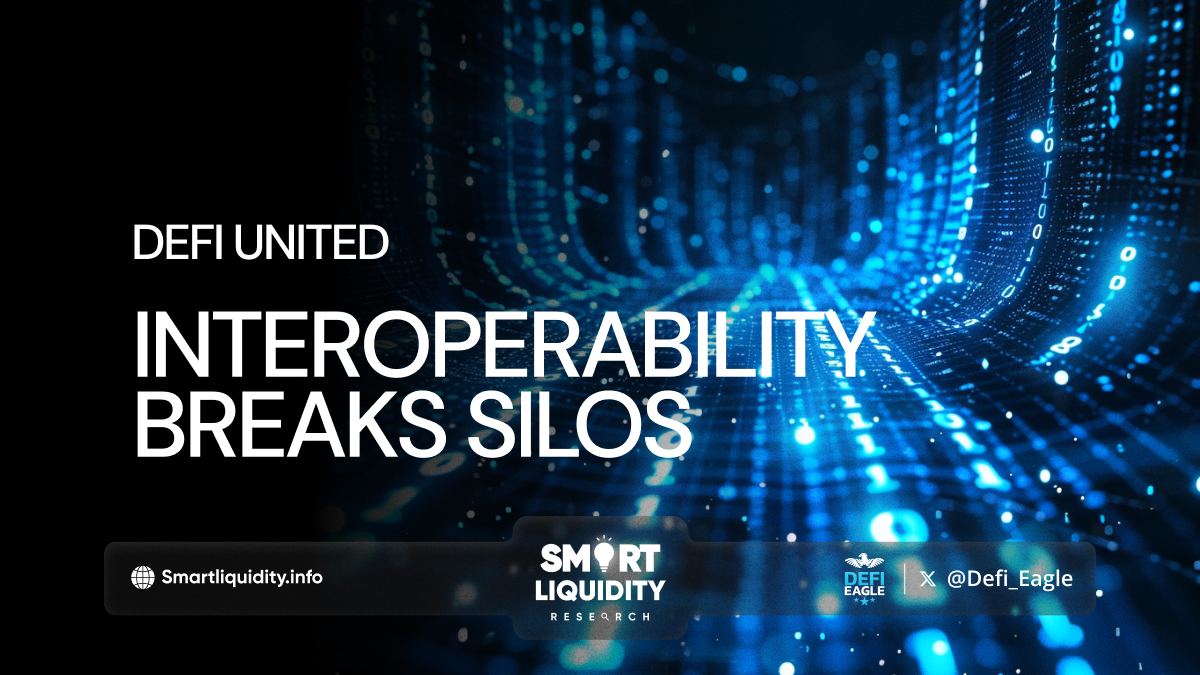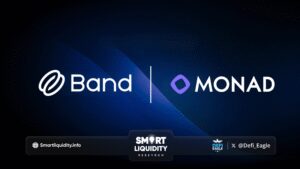DeFi United: Interoperability Breaks Silos


Decentralized finance (DeFi) has emerged as a revolutionary force, challenging the dominance of traditional financial institutions by offering a permissionless, transparent, and user-controlled alternative. However, the current DeFi landscape is fragmented, with various protocols built on different blockchains. This fragmentation creates limitations, hindering the full potential of DeFi. Here’s where interoperable DeFi comes in, aiming to bridge the gap between blockchains and unlock a new era of financial innovation.
Understanding the Fragmentation Problem
The DeFi ecosystem boasts an impressive array of blockchains, each with its own strengths and weaknesses. Ethereum, the pioneer, offers a robust and secure foundation, but struggles with scalability and high transaction fees. Newer blockchains like Solana and Avalanche address these issues with faster processing times and lower fees, but often lack the established user base and liquidity of Ethereum.
This fragmented landscape creates “walled gardens” where DeFi applications operate within the confines of their respective blockchains. Users are restricted to the limited pool of assets and services available on each chain. Additionally, moving assets between blockchains can be a complex and expensive process.
Interoperability: The Key to Unlocking DeFi’s Potential
Interoperable DeFi seeks to break down these walls, enabling seamless communication and interaction between different blockchains. This allows users to:
- Access a wider range of assets and services: Imagine freely moving your Bitcoin on Ethereum to participate in high-yield DeFi protocols, or using your Solana-based stablecoin for lending on an Avalanche-based platform. Interoperability unlocks a universe of possibilities by connecting previously isolated DeFi ecosystems.
- Benefit from optimized DeFi experiences: Users can leverage the strengths of different blockchains for their specific needs. For instance, they can trade on a low-fee, high-throughput chain like Solana while keeping their assets secured on a more established chain like Ethereum.
- Increase liquidity: By connecting fragmented liquidity pools, interoperable DeFi fosters a more efficient market. This benefits users by offering better interest rates for lending and borrowing, and tighter spreads for trading.
The Building Blocks of Interoperable DeFi
Several innovative solutions are emerging to make interoperable DeFi a reality. Here are some key players:
- Cross-chain bridges: These act as gateways between blockchains, allowing users to transfer assets from one chain to another. Popular bridges include Cosmos’ IBC protocol and Polygon Bridge.
- Wrapped assets: Tokens representing assets from another blockchain. For example, Wrapped Bitcoin (WBTC) allows users to hold Bitcoin on the Ethereum network.
- Interoperable protocols: New DeFi protocols are being built with interoperability in mind. These protocols utilize blockchain agnostic smart contracts, enabling them to operate across different chains.
Challenges and Considerations
While interoperable DeFi holds immense promise, it’s not without its challenges:
- Security: Bridging assets between blockchains introduces new security risks. Hackers can exploit vulnerabilities in bridge protocols to steal user funds.
- Complexity: Implementing interoperable solutions can be complex, requiring careful design and rigorous testing.
- Standardization: The lack of standardized communication protocols between blockchains can create interoperability hurdles.
The Future of Interoperable DeFi
Despite the challenges, the potential benefits of interoperable DeFi are undeniable. As the technology matures and security concerns are addressed, we can expect to see a more unified and vibrant DeFi ecosystem emerge. Here’s what the future might hold:
- A thriving multi-chain DeFi landscape: Different blockchains will cater to specific use cases, fostering healthy competition and innovation.
- Seamless user experience: Users will be able to move between DeFi applications on different chains with ease, maximizing their returns and optimizing their strategies.
- Mainstream adoption: Interoperability will play a crucial role in attracting new users to DeFi by simplifying the user experience and offering a wider range of financial services.
Conclusion
The rise of interoperable DeFi represents a significant leap forward in the evolution of decentralized finance. By breaking down the walls between blockchains, it paves the way for a more efficient, innovative, and user-friendly financial system. As interoperable DeFi solutions continue to evolve, we can expect to see a future where DeFi truly disrupts the traditional financial landscape and empowers individuals to take control of their financial lives.




